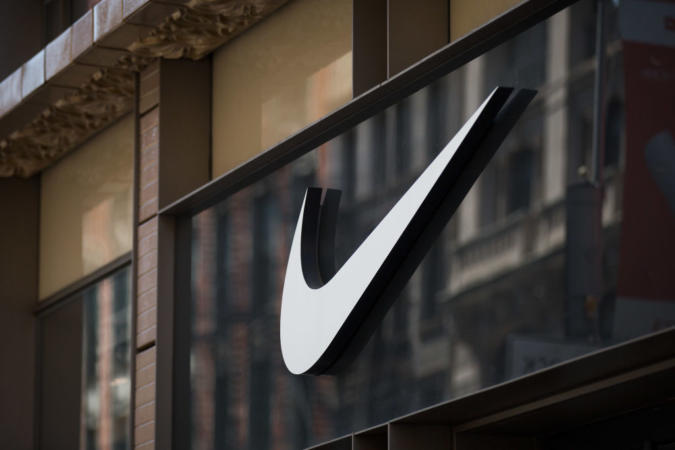Breakups are always tricky. From the heartbreak to the reminiscing of memories, experiencing a relational transition can be seen as one of life’s tragedies.
Although the beginning and end of a relationship are a natural part of human development, it doesn’t take away the sting when something special ends.
While many would encourage folks to turn the “L” into a lesson, what happens when it’s hard to say goodbye — so you just keep coming back? Or even worse, when the love you have isn’t even reciprocated?
This narrative may sound like the next great rom-com or the plot for a Shonda Rhimes spinoff. However, it is not the case here. This emotional rollercoaster actually refers to the reality of many sneakerheads and their experience with the Nike SNKRS app.
Week after week, the latest shoes drop on the app, and while many are successful in their purchases, other potential buyers are left with the all too common “YOUR ENTRY WASN’T SELECTED” notification — talk about a loss.
Despite this back and forth many sneaker fans experience, they seem to proverbially hold on to the 2006 words from Chingy: “Every time I try to leave, something keeps pulling me back – telling me I need you in my life.”
And it is that consistent tug coupled with the love for shoes that convinces consumers to return to SNKRS, as they battle bots and figure out algorithms in hopes of landing the latest release.
With the uptick in technological advances, bots are taking up so much space in the SNKRS space, leaving some wondering if their hard work and efforts will ever pay off.
The good news is that Nike is fighting back. The massive sneaker company doesn’t plan to keep dishing out heartbreak to those who love sneakers the most. In fact, it’s working on verifying submissions to the app and removing bots to even the playing field.
According to Sneaker News, Nike SNKRS received 12 billion bot submissions for shoes per month. A portion of this was made most relevant during the latest drop of the Travis Scott x Air Jordan 1 “Reverse Mocha” release, which received 3.8 million entries, with about 1.9 million of them being bots.
“When it comes to releases on SNKRS, the general assumption is that bots (usually controlled by resellers) dominate access, shutting out sneaker collectors with good intentions,” Nike said in a post.
However, Nike is committed to eliminating bot entries to support humans hoping to purchase shoes. Lucy Rouse, SNKRS General Manager and VP, noted that Nike has a 98% success rate at clearing out bot entries. One component is the “verifying submissions” message that appears to users once they submit their payment method for the draw.
Based on a Footwear News report, Nike updated its terms of service, giving the company the right to cancel orders, limit purchases, and decline access. To that end, a reason for cancellation could be if Nike believes a submission was from an autogenerated mechanism such as bots.
But outside of the verifying message that appears to consumers, how is Nike working to combat bot submissions to better empower human consumers?
“In reality, SNKRS launches are protected against bots in many ways,” the Nike post continued. “To clarify how bot protection works during a SNKRS launch, we’ve added a screen to our launch experience outlining when and how we remove bots and validate entries. We’re rolling this out over the coming months–if you don’t see it now, you will soon. Our intent with this screen, and the information below, is to give members more context around bots and how SNKRS launches are protected from them.”
Even with its efforts, Rouse shared that although the work to remedy this issue is ongoing, there are still tech issues that can infiltrate its system and efforts.
“The amount of traffic that we get — and that’s both bots and actual keen, energetic, excited users — is huge. The reality of that is sometimes we do have new and unexpected bugs,” Rouse said.
Outside the latest Travis Scott collaborative release, SNKRS also acknowledged scaling issues for restocking and launching shoes, namely the Air Jordan 1 High “Lost and Found.” Mitigating these additional tech issues further complicates the work with bots and the company’s ability to ensure a fair and equitable process.
“What we’re constantly trying to do is provide enough information so that we’re giving consumers confidence, but not give too much information because that can result in it being leveraged to botters,” Rouse said. “It’s a real balance, one that we’re trying to navigate.”


